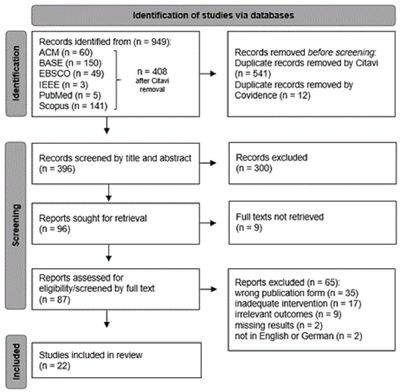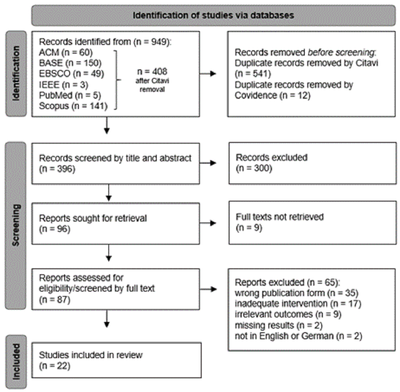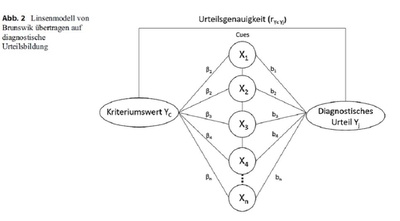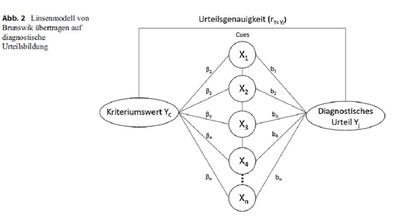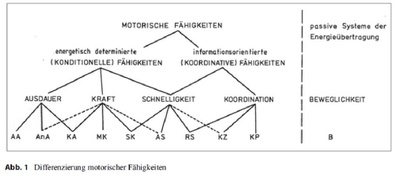
Nicole Meier, Danien Sietmann, Annette Schmidt. Comparison of Cardiovascular Parameters and Internal Training Load of Different 1-h Training Sessions in Non-elite CrossFit® Athletes. Journal of Science in Sport and Exercise, (2022)
28 Juni 2022
Abstract
Purpose The fact that CrossFit® is the best-known and rapidly growing concept for high-intensity interval training (HIIT) and high-intensity functional training (HIFT) results in a continuous increase of athletes performing CrossFit®. In the more than 15,000 CrossFit® Affiliates worldwide, the training concept is usually offered in 1-h training sessions containing the CrossFit®-related workout of the day (WOD), as well as a general warm-up, movement demonstrations, and skill training. Here, we report how physiological parameters measured by heart rate (HR) values vary during four different 1-h CrossFit® training sessions of non-elite athletes (n = 27) in a local affiliated training center and what influencing factors may exist.
Methods The duration of the 1-h training sessions were divided into a warm-up part (WU-part), a skill development part combined with strength exercises (A-part), followed by the WOD part (B-part).
Results Analysis of HR values shows high training intensity (≥ 91% HRmax) not throughout the duration of each training session, only during B-part. The mean HR values in B-part differ significantly compared to the remaining training parts (P < 0.001) for all four training sessions. Comparison of different CrossFit® experience levels revealed no significant difference in acute physiological demands and training load between beginner and experienced CrossFit® athletes.
Conclusion Our results may suggest that practicing CrossFit® in 1-h training sessions combined anaerobic and aerobic exercise intensities, with the training concept allows beginners and experienced athletes to be trained with the same cardio- vascular responses and training intensities.
